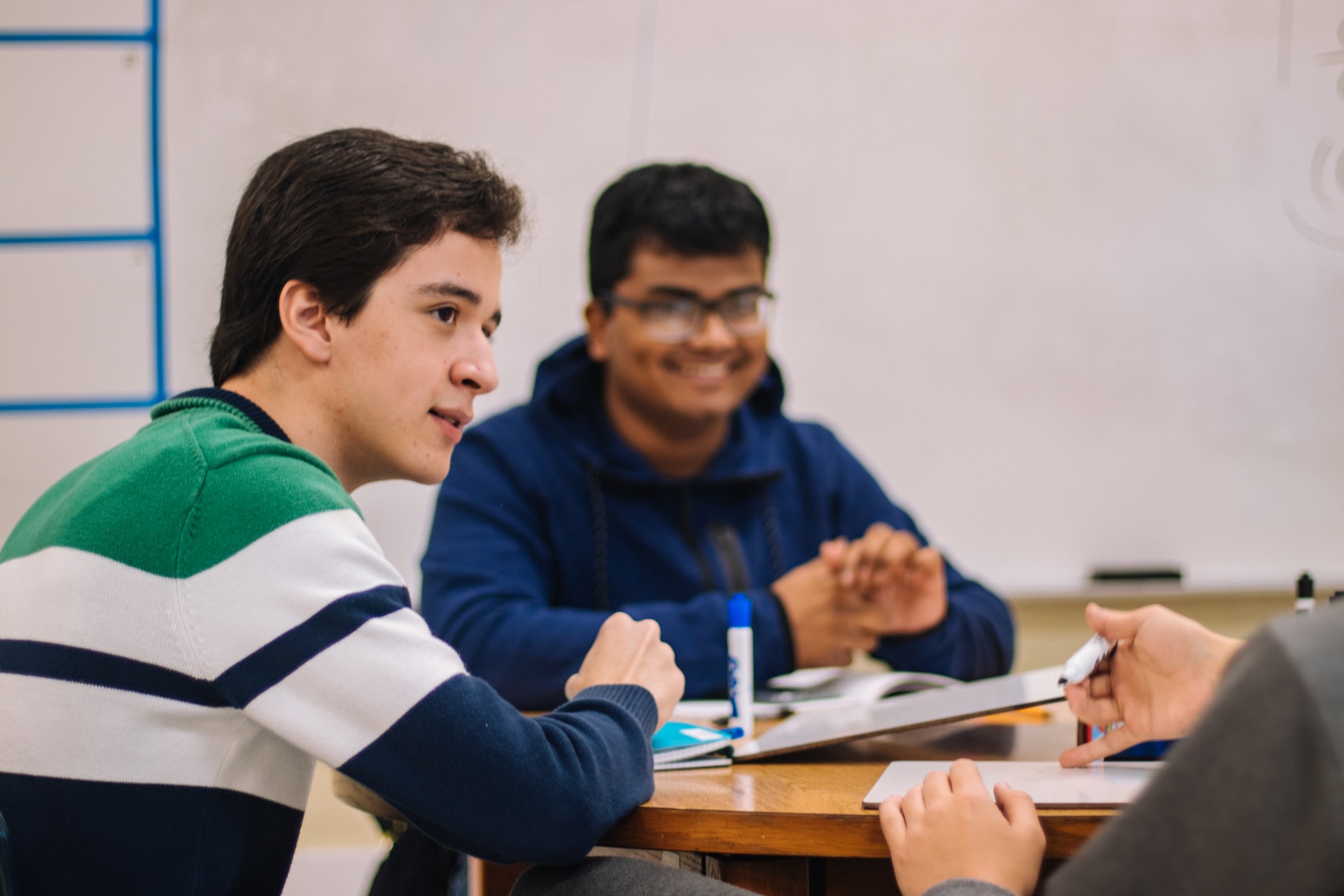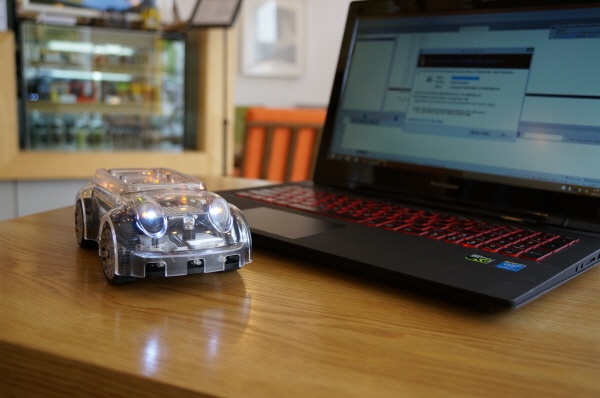
Photo by Jeswin Thomas on Unsplash
Teaching high school students how to plan to solve a problem in science, technology, engineering, and math is a crucial step.
Teaching students to become independent problem-solvers can be a challenging task, especially with virtual teaching during the pandemic. For some students, solving problems is not intuitive, and they need to learn how to think about solving problems from a general perspective. As experts, teachers often do not realize that there are implicit skills and ways of thinking that may not be obvious or known to our students.
5 STRATEGIES TO EXPLICITLY MODEL AND TEACH PROBLEM-SOLVING SKILLS
1. Model hidden thinking involved in solving a problem. When solving a problem, I talk about every aspect of what I am doing out loud. In fact, I over-talk, providing reasoning for every step. For example, when solving a dimensional-analysis problem, I will include descriptions like, “OK, I am going to look for any numbers that I can cancel. I know I can cancel or reduce if I see a number in the numerator and another number in the denominator that have a common factor.”
I will even include moments of vulnerability and model the fact that I don’t always know what to do, but I will discuss my options and my decision process. I sometimes intentionally make mistakes and then use methods to check my work to correct my errors. It’s essential that we explicitly show students this internal dialogue to model problem-solving.
2. Facilitate student talk during problem-solving. I do my best to never solve problems for students, even if they ask me. This includes whole-class lessons and working with students in small groups or individually. Using the Socratic method, I ask many questions of the students. The questions can be as simple as “What do we do next?” or “What are the options of what we can do?”
Once during a classroom observation, I was told that in a span of 10 minutes, I asked more than 72 questions. This models the questions that the students can use in self-talk to guide them in the problem-solving process. After the first test, many students say that they could hear my voice asking them the same questions over and over, but what they’re really learning are advanced problem-solving skills they can extend to future contexts.
We can also provide a deeper understanding with questions such as “Why do we do that?” These provide reasoning and value to the actions of each step in the problem-solving process, further solidifying the students’ understanding of the concepts and skills.
3. Include discussion for planning for each problem. Teachers instinctively plan problems. Students, as novice learners, often do not know how to plan a problem. They look at a problem, see it as foreign, and don’t know where to begin. They give up.
Research shows that planning how to solve the problem is an essential step for novice learners. Provide a structure or protocol for students. It can include the following: identify and write the data with units for a problem, identify equations to be used, identify and write what they’re trying to solve for, draw a relevant vector diagram, and brainstorm possible steps.
4. Emphasize the process, not the final answers. Often, when checking individual work, we ask for the final answers. But what if instead of asking who has the answer, we ask who has the method to solve it? When students ask for correct answers, it’s natural to provide an immediate response. Instead, we should reply with guiding questions to facilitate the process of their solving the problems for ourselves.
Often, I don’t even calculate the answer in the final step and ask if we all agree on the steps. The conversation is especially valuable when different methods are volunteered, and we can analyze the advantages of each. I want the students to check our work and not look at a simple result at the end of the problem to confirm their work. This shifts students’ attention to look at the details of the steps and not glance at the end of the work for the final answer. Further, grading can include points for steps and not the final solution.
5. Teach explicitly problem solving. After solving problems, students can create their own problem-solving strategy that they write on a notecard. Collect responses from students and create a class protocol that you post on your learning management system or in your physical classroom space. Scaffold further with a two-column approach. In the left column, students show the work, and in the right column, they explain and justify what they did and why. The act of adding a justification will make students think about their actions. This will improve the connection between conceptual ideas and the problem-solving itself.
These are only a few strategies to get your students intentionally thinking about problem-solving from a general perspective beyond focusing on specific problems and memorizing steps. There are many ways to model and teach the skill of problem-solving that encourage them to think about the process explicitly.
Learn more about STEM with RobotLAB!

For over a decade, RobotLAB is leading the Educational Robotics market with an innovative approach that makes Robotics and VR truly useful in the hands of educators. Our passionate team will guide you from point A to Z and beyond.


